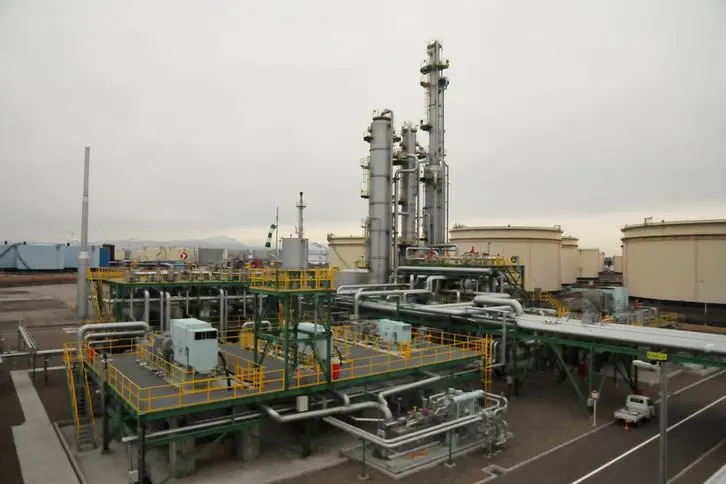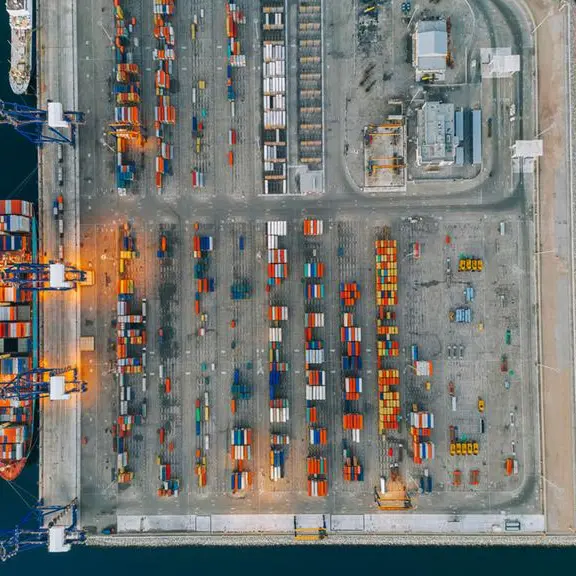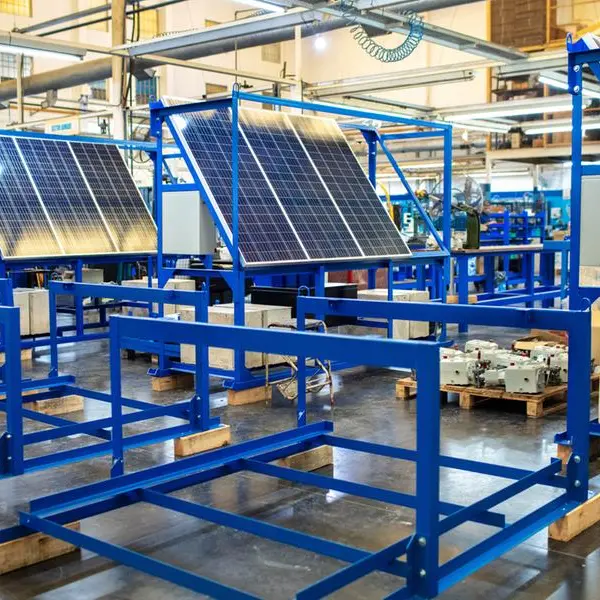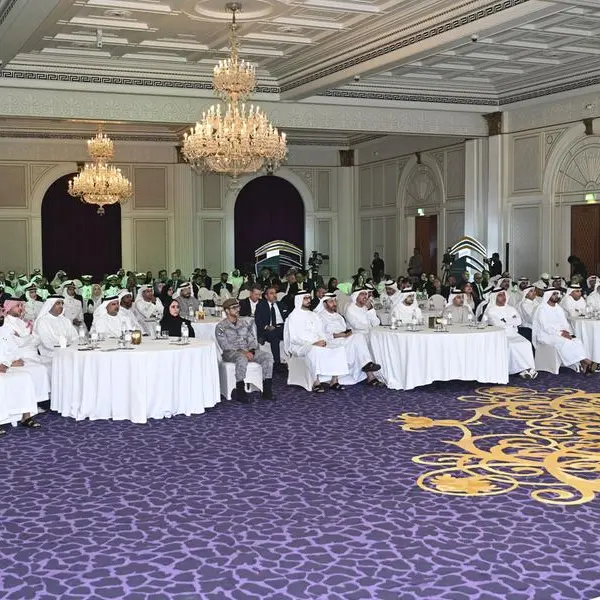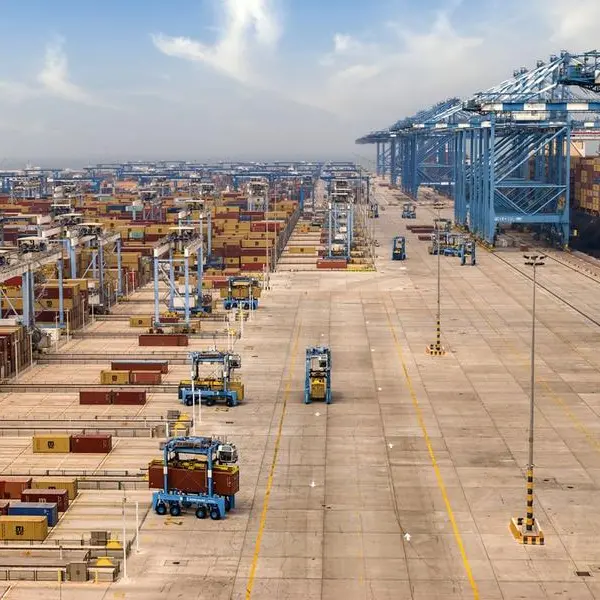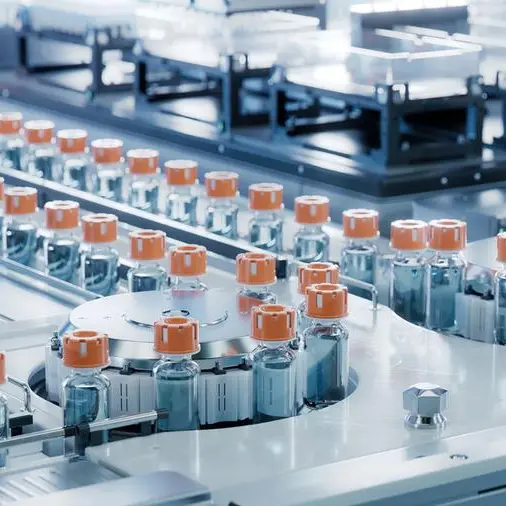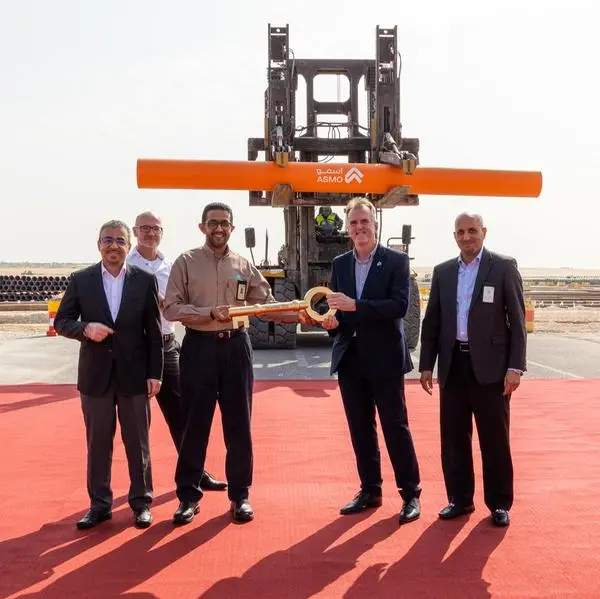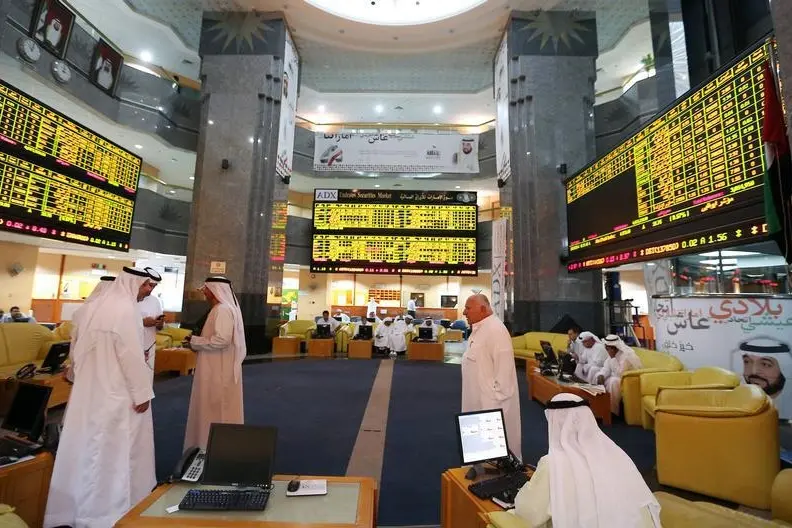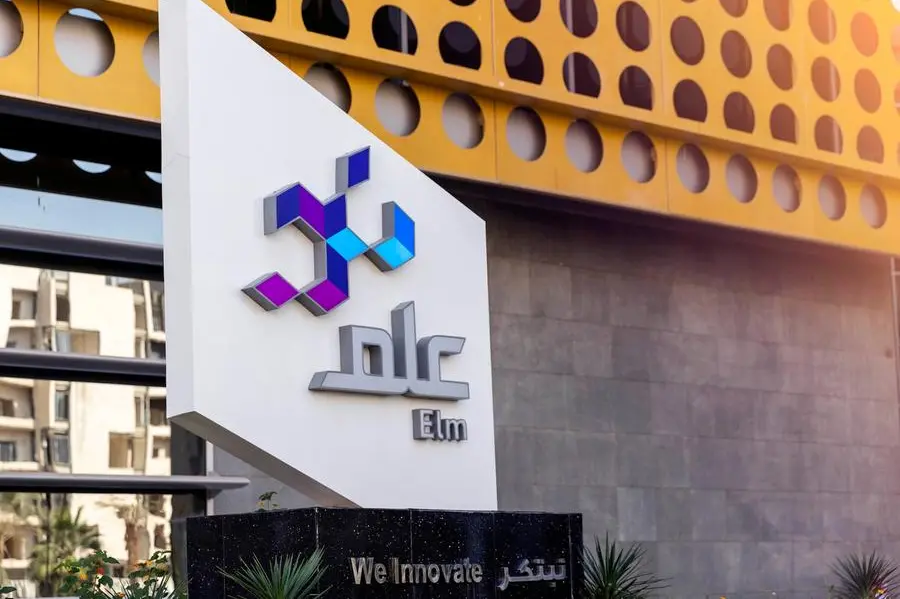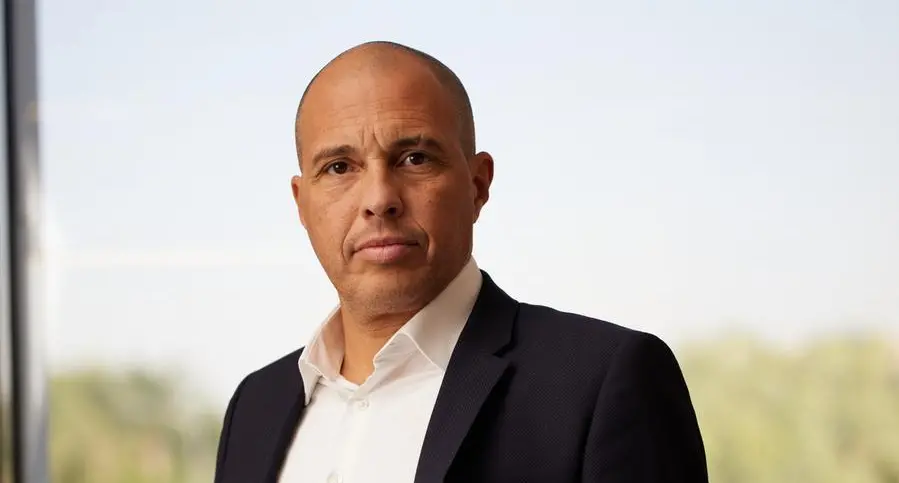PHOTO
Carbon Capture and Storage (CCS) technologies are gaining attention as governments and industries seek to reduce emissions in sectors where electrification remains limited, according to Faysal Taher, Partner and Associate Director at Boston Consulting Group (BCG).
Taher noted that several CCS technologies are currently being deployed, including post-combustion capture, pre-combustion capture suited for gasification, and emerging approaches like Direct Air Capture (DAC) and Bioenergy with Carbon Capture and Storage (BECCS).
“Post-combustion capture uses amine-based solvents to strip CO2 from flue gases - ideal for retrofitting existing facilities,” explained Taher. “Pre-combustion capture technology is also promising, converting fuel into hydrogen and CO2 before combustion, making it particularly effective in gasification plants.
DAC, which captures CO2 directly from the atmosphere, presents significant opportunities for negative emissions, while BECCS) combines biomass energy production with CO2 capture, offering a dual benefit of clean energy generation and carbon sequestration.
“These technologies are not just theoretical but are already laying the groundwork for a lower-carbon future,” Taher said.
According to the BCG executive, several large-scale CCS projects demonstrate the feasibility and impact of carbon capture technologies on a global scale. The Sleipner project in Norway, which has been operational since 1996, is a pioneer, storing approximately 1 million tonnes of CO2 annually beneath the North Sea.
In Australia, the Gorgon Project stands out for its ambitious target of capturing 4 million tonnes of CO2 per year, showcasing how CCS can be integrated into natural gas processing. In the Middle East, the first commercial CCS initiative in the UAE captures 800,000 tonnes of CO2 annually from steel production.
“These projects provide a blueprint for future deployments, demonstrating how strong policy support, industry expertise, and innovative technologies can come together to achieve significant emissions reductions,” he said.


He acknowledged that while carbon capture methods are advancing, high costs, infrastructure gaps, and policy uncertainty continue to hinder large-scale deployment.
Excerpts from the interview:
Why has CCS been slow to scale despite the increasing need for emissions reductions?
Despite the need for emissions reductions, CCS technologies face implementation hurdles such as high costs, infrastructure limitations, and policy uncertainties. High CAPEX and OPEX costs, along with efficiency losses, pose financial challenges, making CCS a less immediately viable approach when compared to other decarbonisation options.
Infrastructure gaps in CO2 transport and storage further limit scalability, while policy uncertainties and inadequate pricing mechanisms challenge project viability, highlighting the need for stronger and more consistent measures to support CCS investment.
Do you believe government incentives and policies are sufficient to drive CCS adoption at scale? What role do you see for private investment in CCS?
Current incentives are not yet sufficient to support the large-scale adoption of CCS. While there is growing political and regulatory commitment to decarbonisation, carbon pricing and tax credits are strengthening to create a stable and attractive market for CCS projects.
Public-Private Partnerships (PPPs) play a key role in bridging this gap, enabling governments to de-risk investments while the private sector drives innovation. Emerging revenue models, such as CO2 utilisation in fuels, chemicals, and building materials, offer new opportunities for business case improvement.
Some studies suggest that CCS technologies may not effectively reduce CO2 emissions and could even increase energy consumption. How do you respond to these concerns?
Concerns about the energy penalty associated with CCS technologies are justified, but ongoing technological advancements are steadily improving efficiency and reducing energy demands. While CCS processes do require additional energy, continuous improvements in capture technologies are bridging this gap.
As a result, high capture rates are already achievable. Both post-combustion and pre-combustion methods can remove over 90 percent of CO2, demonstrating the effectiveness of CCS in real-world applications. This is particularly important in hard-to-abate sectors such as cement & steel, where electrification is difficult or not viable.
Rather than viewing CCS as a perfect solution, it should be seen as a critical component of a broader decarbonisation strategy, complementing renewable energy and other low-carbon technologies to achieve net-zero goals, particularly in industries where carbon emissions are otherwise challenging to mitigate.
With MENA holding 10 percent of global operational CCS facilities, how should it capitalise on its early-mover advantage?
The MENA region has a unique opportunity to build on its early-mover advantage by expanding CO2 infrastructure through the development of regional transport and storage hubs. Utilising the region’s deep oil and gas expertise to repurpose depleted reservoirs for CO2 storage can reduce costs and increase storage capacity.
To strengthen its leadership in CCS, the region should also focus on boosting policy support by introducing more substantial carbon pricing and incentives that encourage investment and innovation. Integrating CCS with low-carbon hydrogen production could help the region set a global benchmark, blending economic growth with climate action.
What is the one misconception about CCS that you believe needs to be corrected?
There are several. A persistent misconception is that "CCS is a distraction from renewables." In reality, CCS complements clean energy by targeting hard-to-abate sectors where electrification is not feasible.
Another misconception is that "CO2 storage is unsafe." However, decades of geological storage projects have demonstrated the safety and stability of this approach.
Additionally, the belief that "CCS is too expensive" is inaccurate. Costs are declining as the technology scales, making CCS a more viable option for industries striving to achieve net-zero emissions.
(Reporting by Anoop Menon; Editing by SA Kader)
Subscribe to our Projects' PULSE newsletter that brings you trustworthy news, updates and insights on project activities, developments, and partnerships across sectors in the Middle East and Africa.
